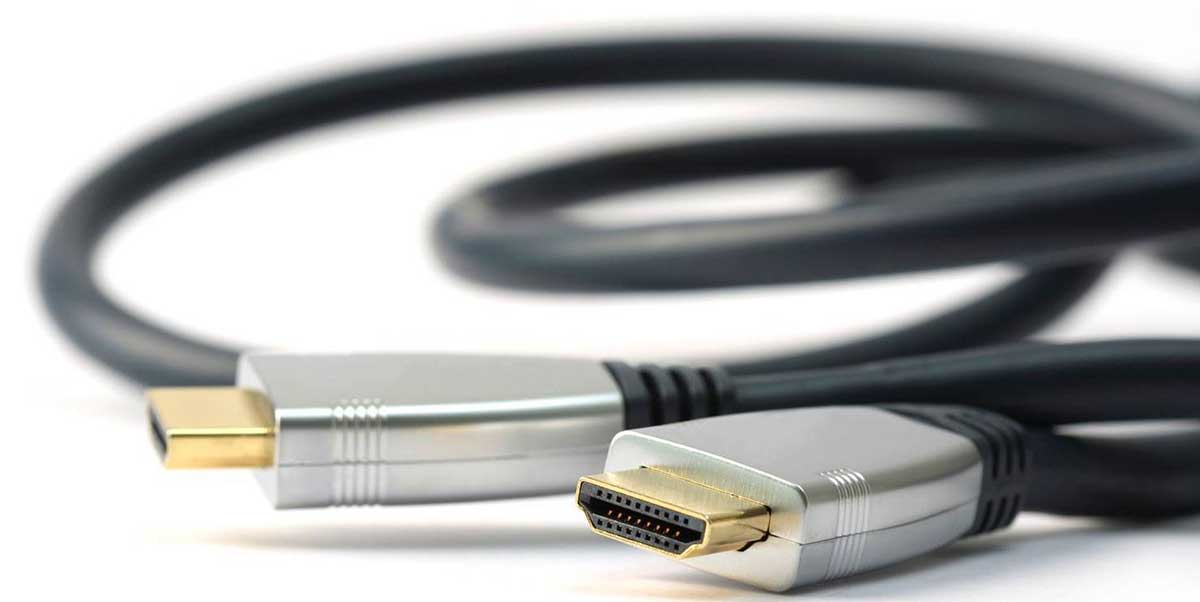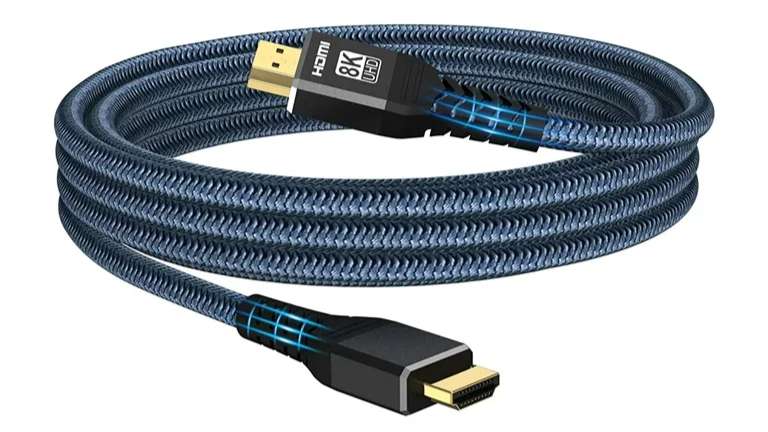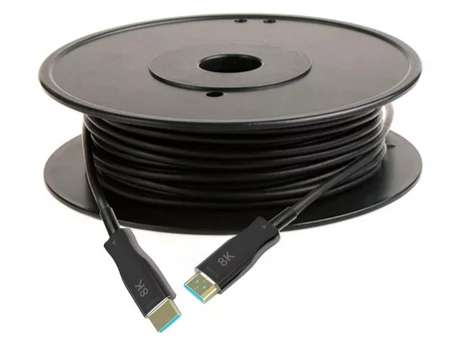Unlocking the Advantages: Benefits of HDMI Connectors
Superior Audio and Video Quality
One of the key benefits of using HDMI connectors is the superior audio and video quality they offer. HDMI technology ensures that you experience unparalleled clarity, sharpness, and detail in both your audio and visual content. With HDMI cables, you can enjoy high-definition video resolutions, including 720p, 1080p, and even 4K Ultra HD. This means you can fully immerse yourself in your favorite movies, TV shows, or games with stunning visuals.
Not only that, but HDMI connectors also support high-quality audio formats such as Dolby TrueHD and DTS-HD Master Audio. This allows for immersive surround sound experiences that bring your entertainment to life. Whether it's the subtle nuances of a movie soundtrack or the explosive effects in a video game, HDMI ensures that you hear every detail with exceptional clarity.
Ease of Use and Versatility
HDMI connectors offer unparalleled ease of use and versatility when it comes to connecting various devices. Unlike older analog connections that required multiple cables for audio and video signals, HDMI simplifies the process by combining both signals into a single cable. This eliminates cable clutter and makes setup much more convenient.
Moreover, HDMI is compatible with a wide range of devices such as TVs, projectors, gaming consoles, Blu-ray players, laptops, and more. It provides a universal standard for connectivity across different brands and models. With HDMI ports becoming increasingly common on modern devices, you can easily connect your devices without worrying about compatibility issues.
Additionally, HDMI supports two-way communication between devices through its Consumer Electronics Control (CEC) feature. This enables seamless control over multiple connected devices using a single remote control or device interface.
In summary, the benefits of using HDMI connectors include superior audio and video quality along with ease of use and versatility in connecting various devices. By embracing this technology, you can elevate your audio/video experience to new heights.


